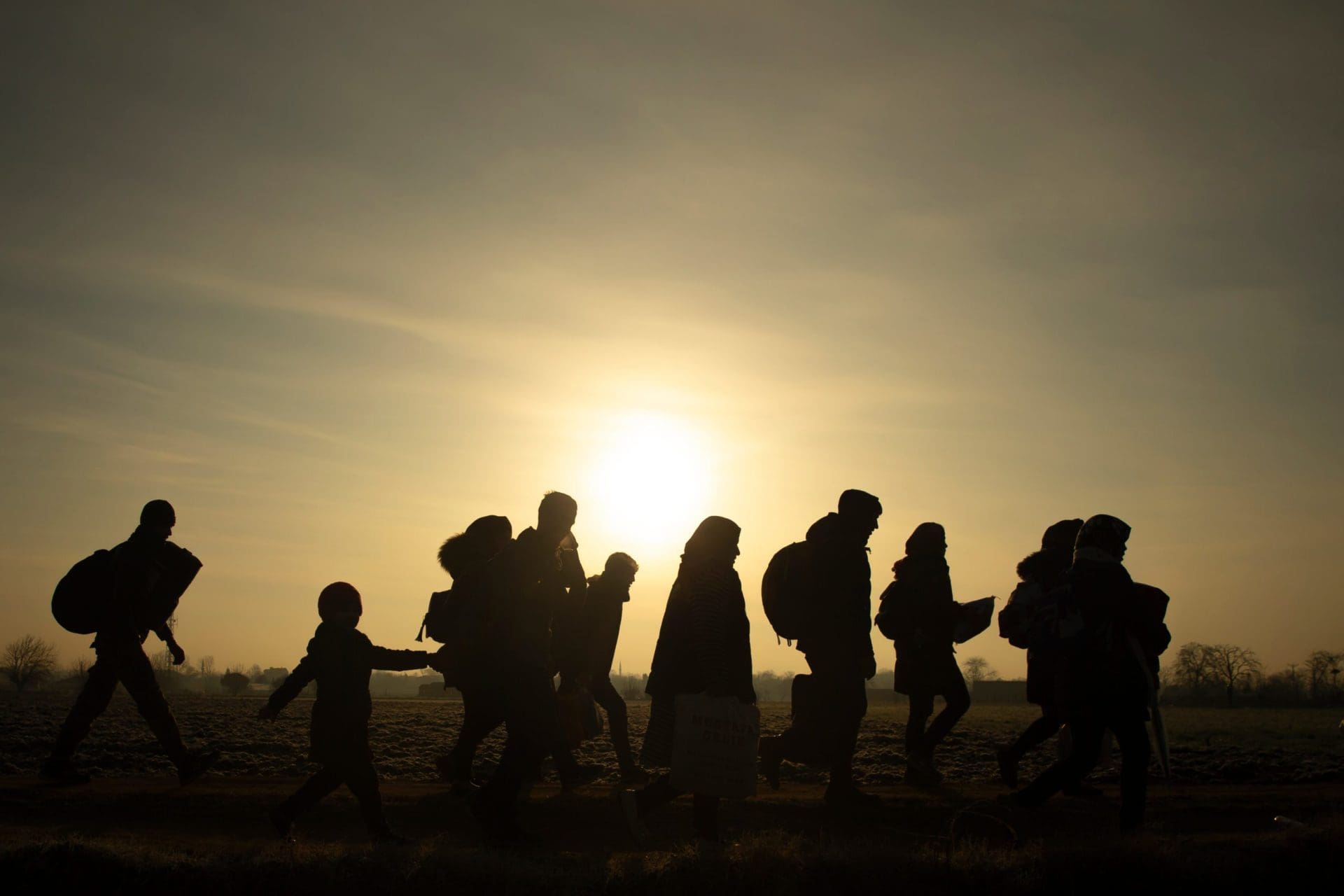Human migration is as old as humanity itself. It's a phenomenon that has shaped our world in countless ways, driven by the fundamental desire for survival, better opportunities, and the pursuit of dreams. Whether moving across continents or just a few miles, migration is a deeply human experience, filled with hope, fear, resilience, and adaptation.
The Historical Context
Migration isn't a new concept; it's woven into the fabric of our history. From the early days when our ancestors roamed in search of food and shelter to the mass movements during wars, colonization, and the industrial revolution, humans have always been on the move. Each wave of migration has left its mark, contributing to the rich tapestry of cultures, languages, and traditions that we see today.
The Push and Pull Factors
Why do people migrate? The reasons can be broadly categorized into 'push' and 'pull' factors. Push factors are those that drive people away from their current location, such as conflict, natural disasters, poverty, and persecution. Pull factors, on the other hand, are the attractions of a new location, like better job opportunities, safety, and a higher standard of living.
In today’s world, migration is often a mix of these factors. Economic disparity between regions, political instability, and the impacts of climate change are significant drivers. On the other side, the promise of a better life, education, and opportunities pulls people towards more developed regions.
The Human Experience
Behind every migration statistic is a human story. It’s a story of leaving behind what is familiar and stepping into the unknown. It’s a journey that can be both daunting and exhilarating. For many, migration is a necessity, not a choice. The journey is often fraught with challenges—legal hurdles, cultural barriers, and the emotional toll of separation from loved ones.
Yet, migrants bring with them a wealth of experiences, skills, and knowledge. They contribute to the economy, enrich the cultural fabric, and often build bridges between communities. Their resilience in the face of adversity is a testament to the indomitable human spirit.
The Impact on Societies
Migration has a profound impact on both the countries of origin and the destination countries. For the countries left behind, migration can lead to a loss of skilled workers, known as 'brain drain,' but it can also bring in valuable remittances that support families and local economies.
In destination countries, migrants often take on jobs that are vital to the economy but are less desirable to the native population. They contribute to the diversity and dynamism of society, bringing in new perspectives and ideas. However, migration can also lead to tensions, particularly when resources are scarce or when cultural differences are perceived as a threat.
Looking to the Future
As we look to the future, migration will continue to be a defining feature of our world. Climate change, technological advancements, and geopolitical shifts are likely to shape new migration patterns. How we respond to these challenges will define our societies for generations to come.
The key lies in understanding and empathy. Migration is not just about the movement of people; it’s about the movement of hopes, dreams, and aspirations. By recognizing the human aspect of migration, we can create policies and societies that are inclusive, compassionate, and forward-thinking.
In the end, migration is a reminder of our shared humanity. We all seek a place to call home, a place where we can thrive. Understanding and supporting those on their migration journey is not just an act of kindness. It’s an acknowledgment of the common threads that bind us all.

